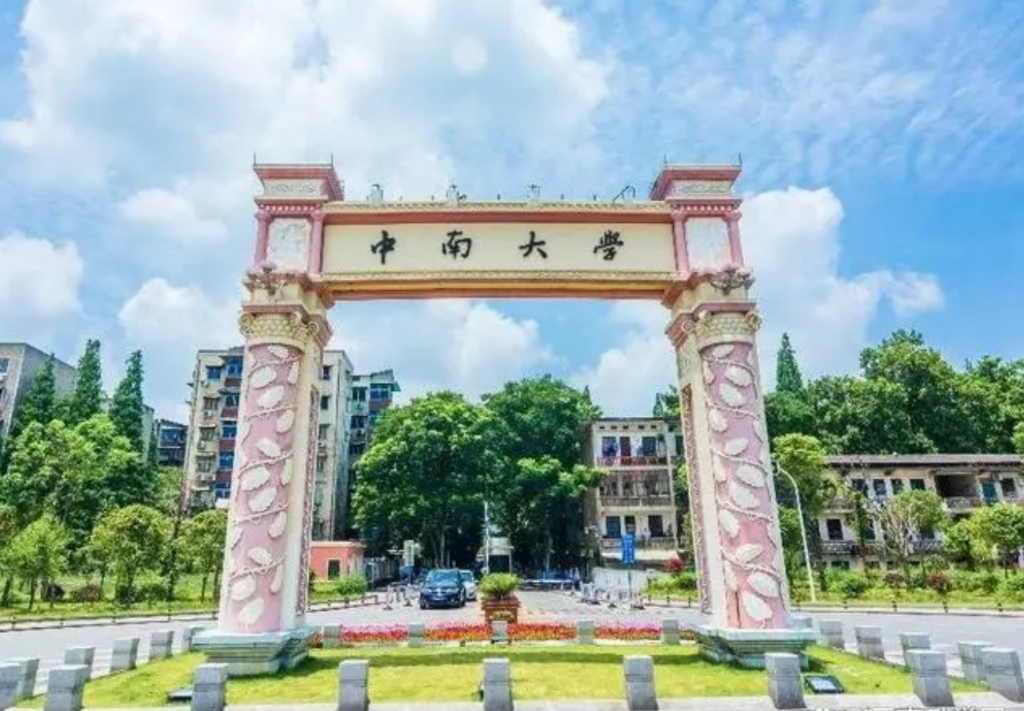China and Brazil cooperate to build a low-carbon and hydrogen metallurgy laboratory

On February 25, the reporter learned from Central South University that the school’s education foundation signed a formal contract with Brazil’s Vale, and won a donation of US$5.81 million from Vale to build a new “Low Carbon and Hydrogen Metallurgy Laboratory”.
Vale is a global mining giant with the largest reserves of high-grade iron ore products in the world, and has unique advantages in supporting the low-carbon development of the steel industry.
Central South University is a national key university directly under the Ministry of Education of my country. It has a long history in the disciplines of mining engineering and metallurgical engineering, and has made rich achievements in scientific and technological innovation.
Up to now, Vale and Central South University have established a 16-year industry-university-research cooperation foundation, which has made significant contributions to the sustainable development of my country’s steel industry. The cooperation between the two parties has also received great attention from the governments of China and Brazil. On November 9, 2021, during the talks held by the Ministers of Science and Technology of China and Pakistan, it was proposed that the scientific and technological cooperation between Vale and Central South University be included in the landmark cooperation between China and Pakistan.
This time, Vale’s donation to support the construction of a low-carbon and hydrogen metallurgy laboratory at Central South University is a major achievement of the talks and a landmark event in the international cooperation in science and technology between the two countries.
The establishment of the laboratory can not only make full use of the talents, technology, information and achievements of the mining and metallurgy discipline of Central South University, but also give full play to the resource advantages of Vale to build an interactive integration, collaborative innovation, resource sharing, and win-win cooperation. Create a new model of international cooperation and create a model for international cooperation in response to industrial changes. In addition, through industry-university-research collaboration and multidisciplinary integration, it is expected to jointly build a world-class low-carbon and hydrogen metallurgy collaborative innovation achievement transformation base, and further promote the green and high-quality development of my country’s iron and steel industry.
It is reported that the low-carbon and hydrogen metallurgy laboratory has a total construction area of 3,300 square meters, which is mainly used for low-carbon and hydrogen metallurgy-related research, including low-carbon sintering and pelletizing, high-efficiency ironmaking, and hydrogen utilization. The laboratory is expected to open in the second half of this year and is open to researchers in the mining and steel industries.
In the future, the laboratory is expected to effectively promote research in the field of low-carbon and hydrogen metallurgy, and become an important hub and talent highland in this research field, helping my country’s steel industry to accelerate decarbonization and green transformation.
Disclaimer: This website is reprinted for the purpose of sharing. The copyright of the reprinted article belongs to the original author or the original official account. If there is any infringement, please inform us in time, we will verify it and delete it immediately.






